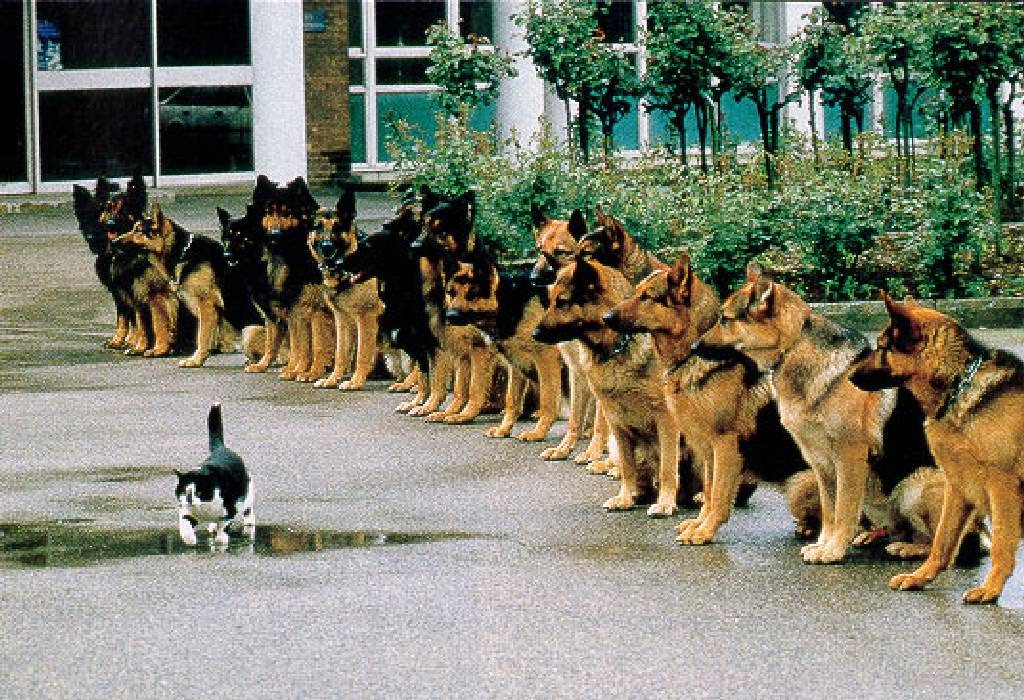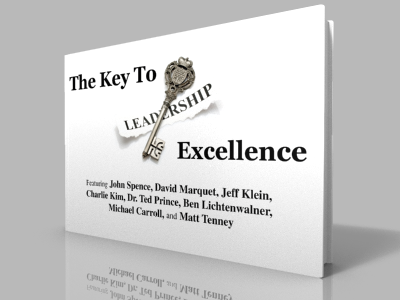3 Great Questions for Being a Superb Conversationalist
Five Tools for Mastering Fear
But fear is more than just physically unpleasant. Fear can also keep us from pursuing the things in life that really matter — like following our dreams, and developing and taking care of important relationships.
I have good news though. We can be free from the grip that fear often has on us.
I used to be very afraid of getting up in front of people and speaking. I would get sweaty palms and my stomach would be so tied up that I wouldn’t be able to eat. I would experience so much tension in my neck and shoulders that I would almost always have a headache by the time I had to speak or shortly thereafter.
This article originally appeared on the Huffington Post. To continue reading, please click on this link – http://www.huffingtonpost.com/matt-tenney/success-and-motivation-_b_5479147.htmlhttp://www.huffingtonpost.com/matt-tenney/success-and-motivation-_b_5479147.html
Two Ways to Embrace Conflict
Ideally, I’m sure that we’d all like to have workplaces that are completely free of conflict.
We may have dreams of an organization full of people who get along all the time, always acting harmoniously.
But reality quickly reminds us that this is not possible. So the important question to ask is:
How do we handle conflict when it arises personally or between people we lead?
Do we ignore it? Do we feign niceties to create the façade of harmony? Do we aggressively defend our position? Do we allow our people to do the same?
Effective leaders who truly care about their people and achieving excellence take a different approach.
They embrace conflict…
How You Can Lead More Like Martin Luther King, Jr.
This is an intro to a piece that I wrote for the Huffington Post.
Last week, as I reflected on the 50th anniversary of Dr. Martin Luther King, Jr.’s famous speech, it occurred to me that Dr. King is certainly one of the most influential leaders in American history. Have you ever wondered why that is so? Answering this question can help us to be more effective leaders.
There were, of course, numerous factors that contributed to Dr. King becoming the de facto leader of the civil rights movement in America. However, it is clear that the principle cause is the fact that Dr. King was incredibly inspiring. He was able touch people’s hearts in a way that few others in history ever have. Fortunately for us, his secrets for inspiring others and moving them to action are traits that we can all emulate.
If you’d like to read the entire post, please CLICK HERE.











